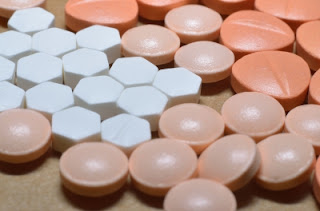Angina pectoris known as Angina is the
sensation or pain in the chest due to ischemia of the heart muscle as a result
of obstruction of the coronary arteries. Angina may lead to anemia, abnormal
heart rhythm and heart failure. Angina is a leading cause for death during
early 20th century. Hypertension damages the heart vessels leading
to blockage in the arteries, resulting in abnormal blood flow to the heart,
which causes Angina or chest pain.
Conventional drug delivery system to
treat Angina is not very effective as it is not reaching the affected site in
an appropriate manner. The guarded therapeutic method of treating Angina and Hypertension
is quite challenging as it regulate the drug release. Matrix system is often
deployed to attain the expected results. Nifedipine as a matrix tablet is
prepared using polymers is orally administered to get the desired effects. Formulation
prepared with HPMC K100M showed 97% of drug release at 24 hrs and with Eudragit
indicates 99% of drug release at 20 hrs release of Nifedipine drug.
Oral administration of the sustained
drug delivery is generally preferred as it is easy and convenient to administer
orally. It offers a great flexibility in designing the pill in the expected
design and dosages in a cost effective manner.
Authors Rita B and Suresh V published these details in the ‘Annals of Clinical
and Laboratory research ‘journal.


No comments:
Post a Comment